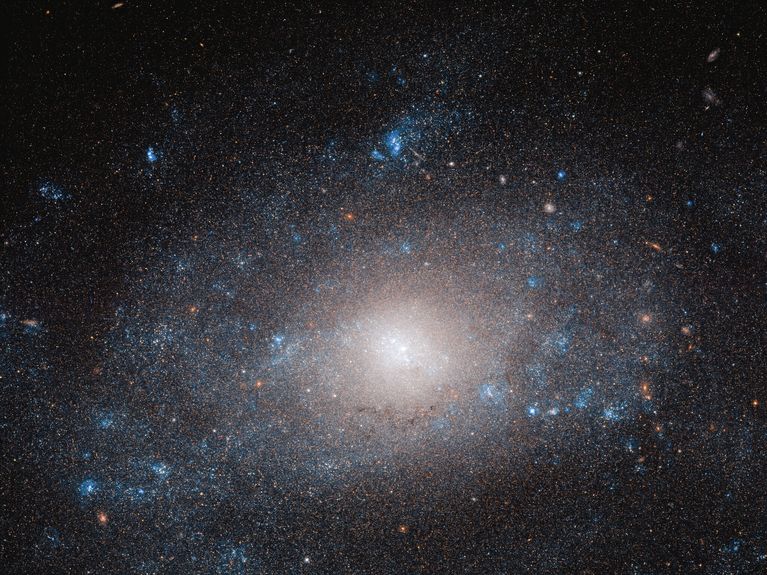
Challenge #48
Unraveling the mystery of dark matter.
Scientists at Helmholtz Centers KIT, DESY GSI, and the Helmholtz Institute Mainz (HIM), are together working to elucidate the nature of the dark matter that fills the universe.
Participating centers
One of the greatest mysteries in modern physics and cosmology is the nature of dark matter, a material which makes up 85 percent of all matter in the universe and is believed to be composed of novel elementary particles. These could be as heavy as an atomic nucleus or billions of times lighter. So far, there is no concrete trace of them, and the dark matter (DM) makes itself noticeable thus far only by its gravitational effect. This is expected to change over the next decade, however, thanks to a broad-based search.
To this end, researchers are building ever-larger detectors in laboratories deep underground to capture the very volatile DM particles here on Earth. At the same time, large observatories in remote regions of the Earth are searching for the telltale traces of DM particle reactions in our galaxy. Additionally, at the large particle accelerator LHC in Geneva, researchers are attempting to generate DM particles in a laboratory setting. KIT, DESY, GSI, and Helmholtz Institute Mainz (HIM) contribute to this broad search with different techniques and methods. This is a major strength of the Helmholtz Association: working together, Helmholtz researchers are tightening their grip on the enigma of mysterious dark matter.
(Header: ESA/Hubble & NASA, R. Tully; acknowledgment: Gagandeep Anand)